In November 1940, the fire of the Southern Uprising broke out in the land of Southern Vietnam - Saigon - Cho Lon, becoming a symbol of courage and aspiration for independence.
Although it took place in a short time, the uprising created an immortal milestone in the history of the nation's revolutionary struggle, contributing to the victory of the August Revolution in 1945 and the Great Victory of Spring 1975 later.
After 85 years of the Southern Uprising (November 23, 1940 - November 23, 2025), Ho Chi Minh City continues to promote the spirit of uprising of our ancestors to move towards the future, towards a new era of the nation.
Glorious milestone, indomitable spirit
From the end of the 19th century to before the August Revolution in 1945, there had never been an uprising with such thorough preparation time, large scale and comprehensive force as the Nam Ky Uprising.
Mr. Tran Van Khuyen, former Secretary of Hoc Mon District Party Committee (formerly) said that at that time, the policy of the Regional Party Committee and Party Committees in the South actively directed the masses to prepare for the uprising.
Throughout the Southern region, Party committees intensified propaganda, organized forces; promoted military work, built armed forces; established Uprising Committees; Saigon-Gia Dinh was chosen as the focus and place to issue the uprising order for the entire Southern region.
On the night of November 22nd to the morning of November 23rd, 1940, the uprising began to break out in the East and then in the Southwest. The uprisings broke out simultaneously in 20 of the 21 provinces and cities of the South, the strongest of which were Gia Dinh, Cho Lon, My Tho, and Vinh Long .
In the land of "18 betel garden villages" Hoc Mon-Ba Diem, the uprising took place fiercely, the masses rushed up to attack enemy posts.
Mr. Khuyen shared that on the night of the uprising, Hoc Mon mobilized a large force of people to participate in the uprising along with the militia forces of 4 Tong (Long Tuy Thuong, Long Tuy Ha, Long Tuy Trung, Binh Thanh Trung) divided into 4 attack prongs to attack the citadel of Hoc Mon District Chief.
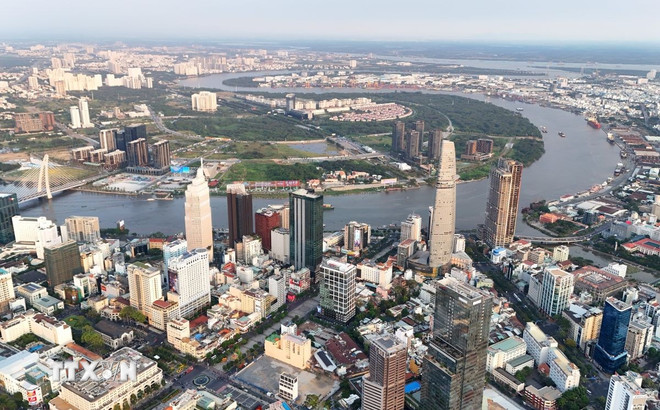
When the insurgents opened fire, the revolutionary masses around the district capital simultaneously beat drums and gongs to encourage fighting spirit and at the same time intimidate the enemy.
"The sound of the Nam Lan wooden fish, beaten repeatedly and continuously by Mr. Nam Tra (Nguyen Thanh Tra), along with the sound of drums, tin barrels, trumpets, and the cheers of the insurgents, urged the fighting spirit of the troops, making the enemy even more confused, afraid, and losing their spirit to resist," Mr. Khuyen added.
In Tien Giang province (old), Mr. Le Van Ty, Principal of the Provincial Political School, informed that on the night of November 22 to the morning of November 23, 1940, Mr. Dang Van Hiep (Secretary of the Long Hung Commune Party Cell) and Mr. Nguyen Van Tot used bamboo as a pole and hung the flag on the top of a banyan tree at Long Hung communal house. The red flag with yellow star appeared throughout My Tho province, becoming a source of spiritual encouragement for the masses to rise up and seize power.
Although it did not win, the Southern Uprising went down in history as a heroic epic of the Southern people's struggle against foreign invaders, their patriotism, their indomitable will, and their desire for independence and freedom. The resilient, indomitable spirit, willing to accept sacrifice of the communists and the Southern people, affirmed the first large-scale violent revolutionary struggle, signaling the approaching national uprising.
At the national scientific conference "Southern Uprising - The indomitable will and aspiration for independence of the Vietnamese people", Politburo member and Director of the Ho Chi Minh National Academy of Politics Nguyen Xuan Thang said that the Southern Uprising was the first time the people rose up to conduct an unprecedented large-scale "military mobilization", with the most fierce level since the Truong Dinh Uprising. Although it did not reach the final victory, the revolutionary movement did not decline. The lessons learned from the painful experiences were considered an important rehearsal to make the historic victory of the August Revolution in 1945. In which, the gathering of forces and solidarity of all classes of people were highly promoted.
Associate Professor, Dr. Ha Minh Hong, University of Social Sciences and Humanities (Ho Chi Minh City National University) portrayed the indomitable spirit and willingness to sacrifice of the army and people of the South. The uprising showed a tight organization, a large and comprehensive force, built on the close bond between the Party and the people, with a strong belief in the strength of national unity.
Continuing the heroic spirit of "The Fatherland's citadel"
Since the Southern Uprising, our Party has steadfastly maintained the goal of fighting for national liberation and class liberation, continuing to perfect the path of national salvation, from local uprisings to the General Uprising (August 1945) and the protracted people's war.
Experiences in building revolutionary armed forces, consolidating bases, national unity, and principles and scientific leadership were creatively applied to create the historic victory on April 30, 1975.
According to Major General, Associate Professor, Doctor Vu Quang Dao, former Director of the Vietnam Military History Institute (Ministry of National Defense), the Southern Regional Party Committee seriously evaluated and applied this bloody experience in the August Revolution of 1945 and launched the Southern Resistance War on September 23, 1945. During the struggle, the Party's pioneering role in leading and building a closely allied worker-peasant mass force must be promoted.
Former Deputy Head of the Ho Chi Minh City Party Committee's Mass Mobilization Commission Le Van Tan pointed out the development of mass organizations, especially workers, farmers, women, and youth in the work of gathering and enlightening the masses. In particular, military mobilization work is identified as an important step.
"Thanks to the intensive military propaganda work of the Southern Regional Party Committee, most of the 15,000 Vietnamese soldiers in the French army were children of working people, had a patriotic spirit and were ready to coordinate with the uprising forces" - Mr. Le Van Tan emphasized and affirmed that the Southern Regional Party Committee had created a close bond between the masses and the soldiers.
According to Deputy Head of the Central Propaganda Department Phan Xuan Thuy, the Southern Uprising left our Party and people valuable lessons on building revolutionary forces, on combining the political struggle of the masses with armed struggle and the coordination between Party organizations in localities across the country; especially the accurate identification, application and promotion to create opportunities - one of the important factors for victory, especially the application of the theory of armed uprising.
The Southern Uprising has outlined the historical context, policies, scale, and nature of the uprising, affirmed the indomitable tradition of the Southern people, deepened its historical significance, and summarized valuable lessons for the current cause of building and defending the Vietnamese Fatherland.
Recognizing this historical mark, on November 14, 1948, President Ho Chi Minh signed Decree 163-SL awarding the First Class Military Exploit Order to the 1940 Southern Uprising Army.
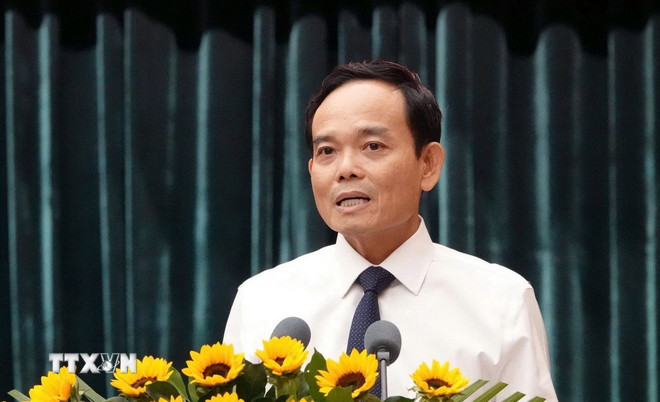
Mr. Tran Luu Quang, Secretary of the Party Central Committee, Secretary of the Ho Chi Minh City Party Committee, acknowledged that from the tradition of patriotism, promoting the spirit of the South "Citadel of the Fatherland", the City will strive to be worthy of the previous generation. The Party Committee, government and people of the City have achieved great victories in the long-term resistance war, construction and development.
The city with its great and comprehensive achievements has been and is making an important contribution to the overall achievements of the whole country.
"The Party Committee and people of the City pledge to continue to strive to "go ahead and finish first" in the cause of industrialization and modernization of the country. Promote the spirit of self-reliance, solidarity, dynamism and creativity. The locality is determined to build a modern, humane City worthy of the name of President Ho Chi Minh" - Mr. Tran Luu Quang emphasized.
85 years have passed, the Southern Uprising remains an important milestone, a shining flame of gold testing, deeply imprinted in the history of the nation. The heroic spirit of uprising and the indomitable will of the people of the South - Saigon - Cho Lon have contributed to embellishing the golden history of the Party's revolutionary struggle tradition. That spirit still exists forever, urging the next generations on the path of building and defending the Fatherland today./.
Source: https://www.vietnamplus.vn/85-nam-nam-ky-khoi-nghia-tiep-noi-hao-khi-thanh-dong-to-quoc-post1078436.vnp










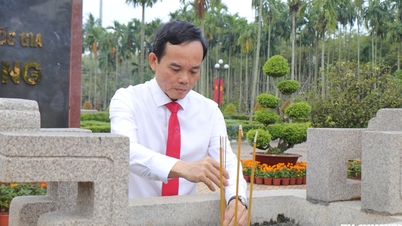

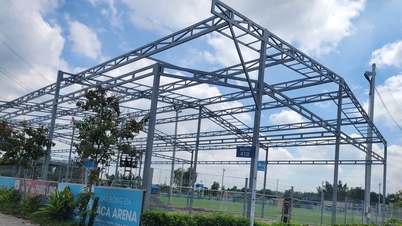



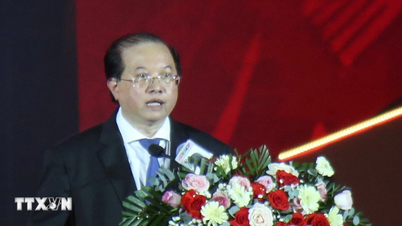

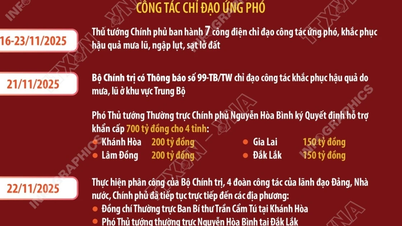



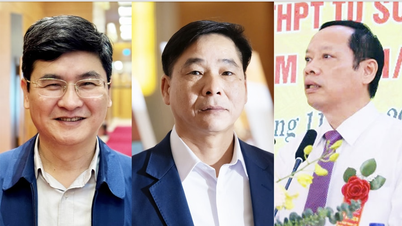
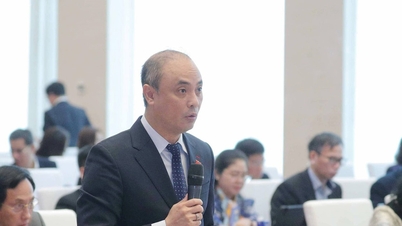






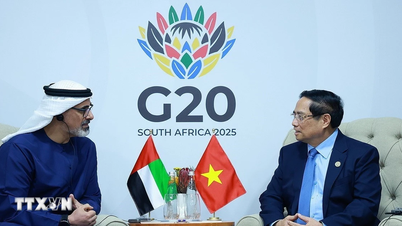
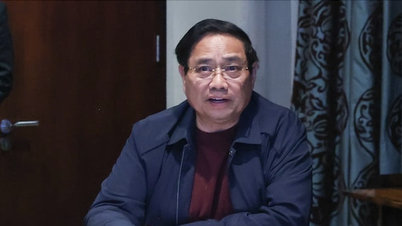
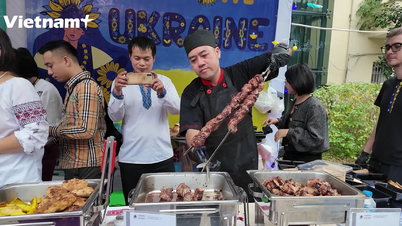

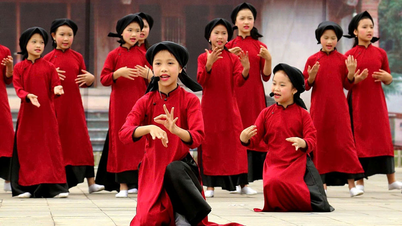

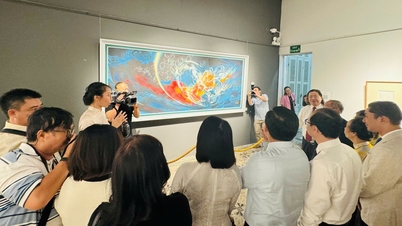






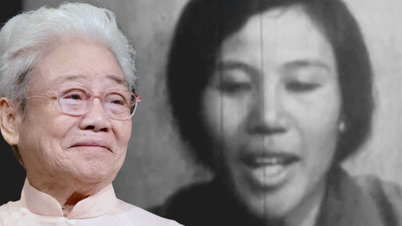


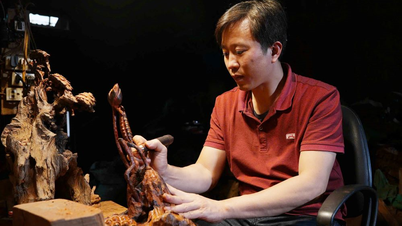

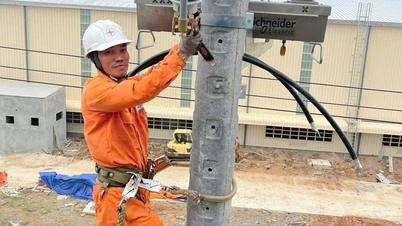


















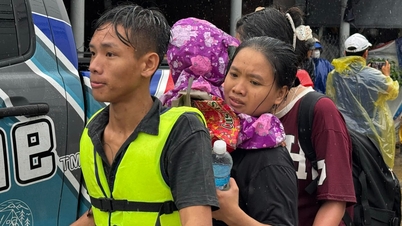

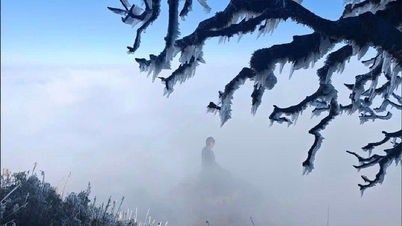

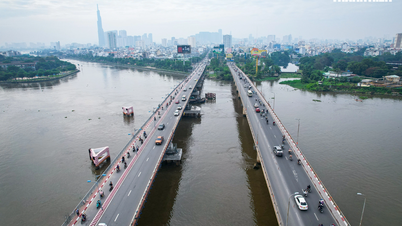




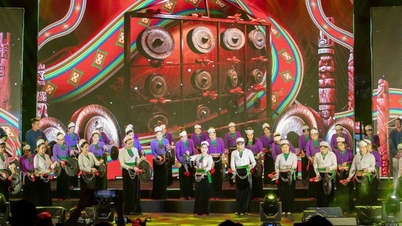




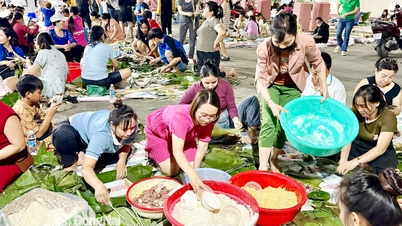

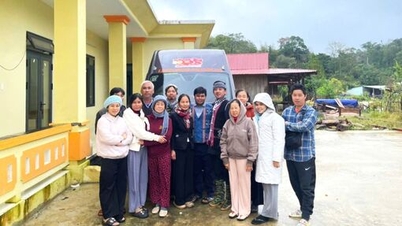

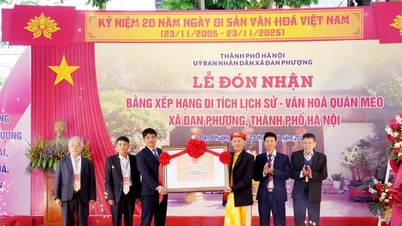

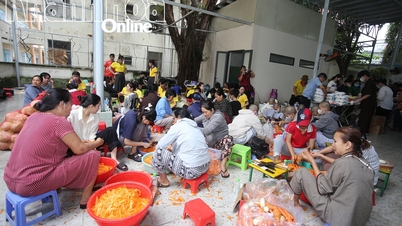

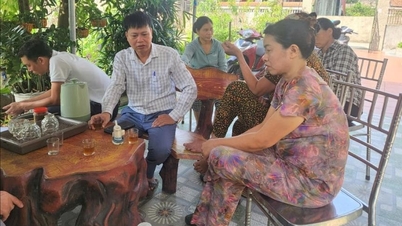
















Comment (0)